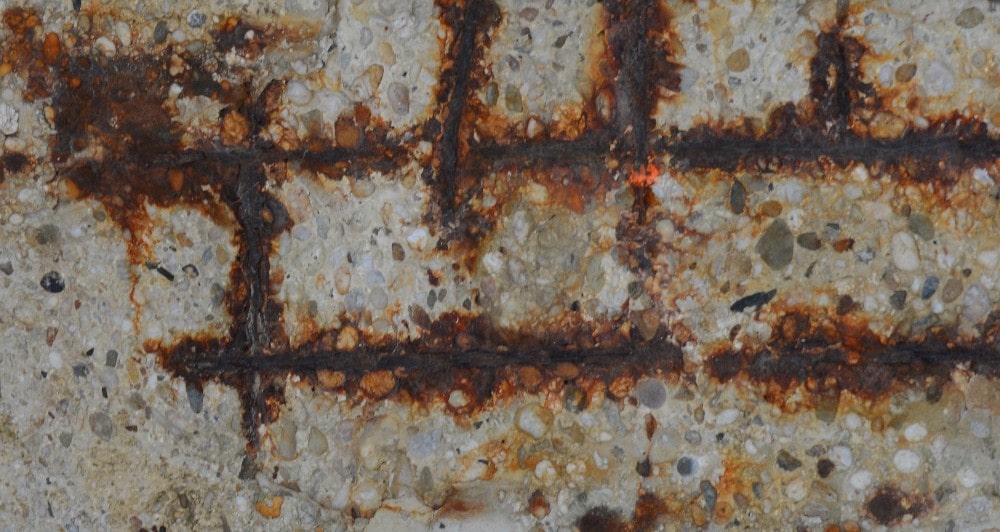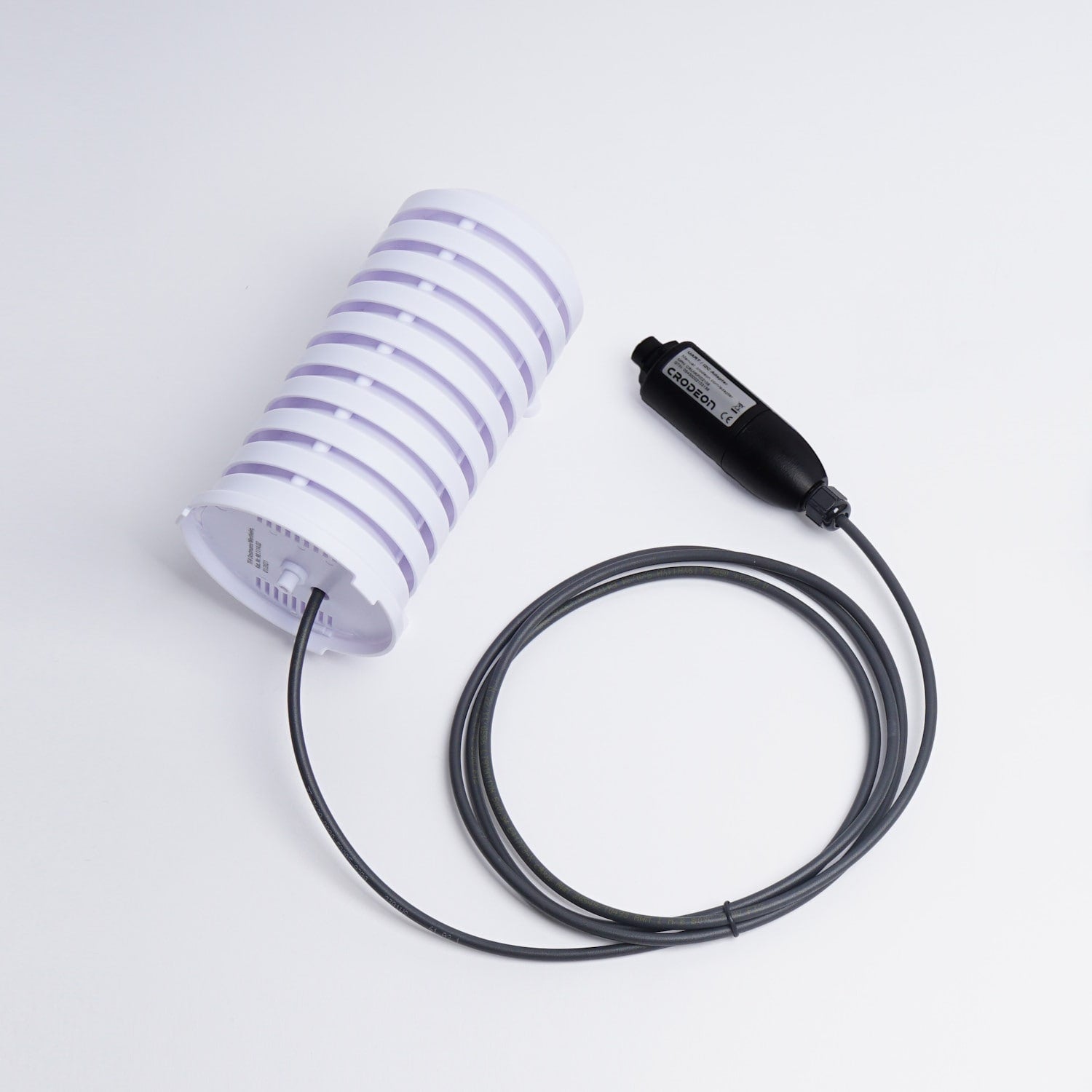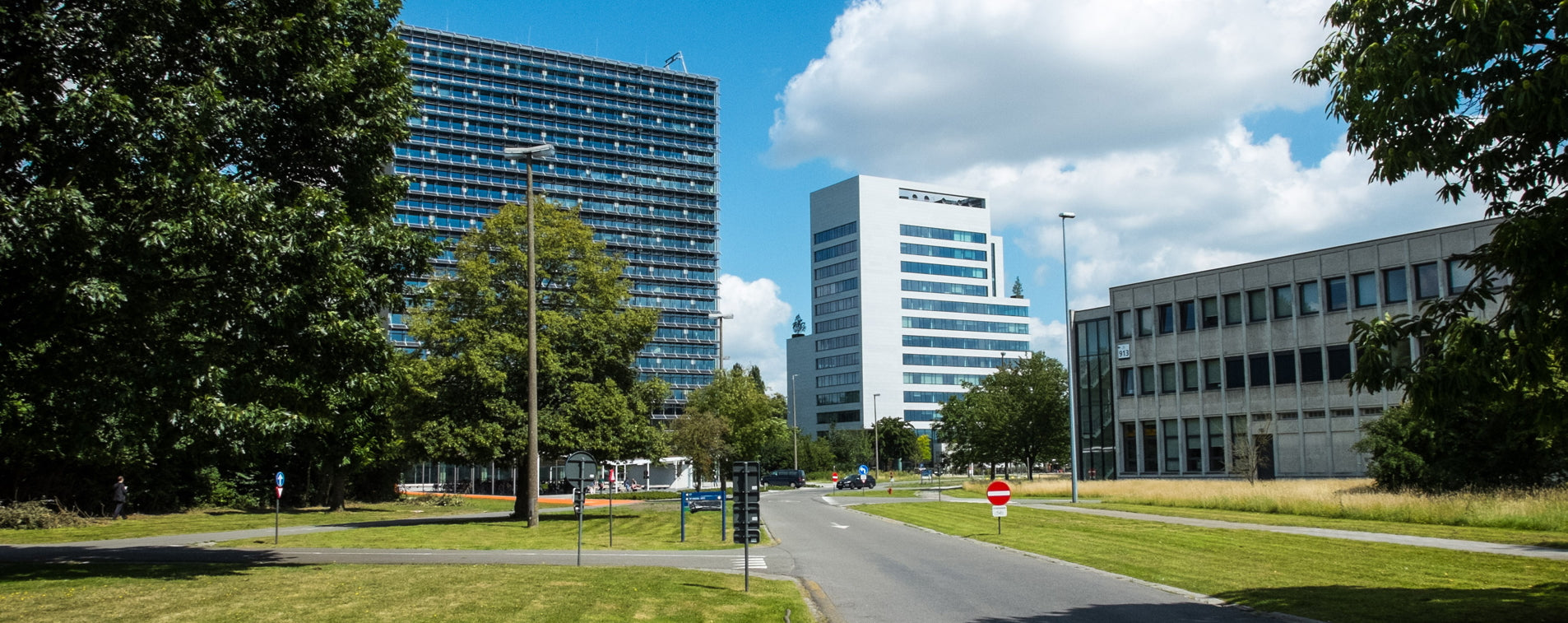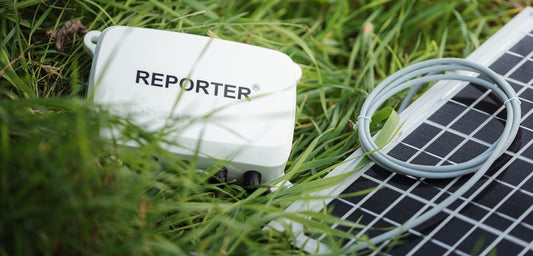Choosing the right tool for measuring relative humidity in concrete structures

When establishing a structure or building in concrete, we intend for that structure to last for decades. It is therefore important to keep the concrete safe and (structurally) sound.
Concrete can decay for a number of reasons. One of the most common causes of concrete decay is the presence of moisture. When water is allowed to penetrate the surface of the concrete, it can cause the concrete to deteriorate over time.
When the ingress of CO2 into the concrete lowers the pH, moisture can cause the steel reinforcement bars within the concrete to rust, leading to the formation of cracks and other structural damage. Additionally, a high moisture content can cause the concrete to show the formation of an expansive Alkali-Aggregate Reaction (ASR).
On the other side, a saturated moisture condition can decrease dramatically the ongoing chemical corrosion reaction or can even prevent the ingress of CO2 into the concrete.
Therefore, in specific cases it can be important to monitor the (relative humidity) RH in concrete.

The danger of neglecting a concrete structure
Concrete easily lasts 100 years, if it's taken care of! Neglecting a concrete structure drastically decreases its life expectancy, only halving it if you're lucky. Monitoring a concrete structure such as an expensive new highway bridge is crucial to keep the structure strong and stable. If the bridge has to undergo expensive repairs - or worse, needs to be replaced - before its time, that's a sure way to spend millions of euros.
When comparing the price of a new bridge to a monitoring system with several sensors (e.g. relative humidity), the monitoring system costs peanuts. Monitoring the humidity in concrete is therefore an easy way to avoid essentially throwing away millions of euros.

Measuring RH in concrete
A relative humidity sensor is a device that measures the relative humidity of the air (in the concrete pores), which is the amount of moisture present in the air compared to the maximum amount that the air can hold given the temperature. Relative humidity sensors can be used for RH measurement in concrete, and can provide quick and easy readings.
The Swiss-based sensor technology leader Sensirion AG's SHT35 humidity/temperature sensor serves as the foundation for the Crodeon RH sensor. The SHT35 is the premium version of the SHT3x series and incorporates 15 years' worth of expertise from Sensirion, the market leader in humidity sensors. This sensor delivers a 1,5% RH and a 0,1°C accuracy (factory calibration), which makes it suitable for measuring humidity in concrete.
How Reporter helps monitor humidity levels in concrete structures
When connecting a relative humidity sensor to the cloud, you can stay up to date about the current conditions of a structure without having to regularly visit it in real life. Reporter is the remote versatile sensor module that makes life easier for you. It can take hourly measurements of RH in concrete which are automatically sent to the cloud, which you can access through your smartphone, tablet or computer. The historical data gathered in the cloud (Crodeon Dashboard) even lets you analyse in detail when moisture levels were the highest or lowest. This gives you more insight into what affects the humidity of the structure.
Our partner SANACON (specialised in concrete damage analysis) knows all about this. When they came to us asking for a sustainable solution for concrete monitoring we were happy to introduce them to our Reporter.

Start measuring today
The need to measure RH in concrete is a complex story, therefore we advise you to partner up with both Crodeon and SANACON who will guide you further through the monitoring process. When you keep your structure safe by monitoring during its service life, it helps you save money and avoid unnecessary repair work. A remote monitoring system such as Reporter lets you check vital data 24/7 through the cloud.
Do you still have questions about monitoring a concrete structure? Don't hesitate to give us a call or send us an email.










